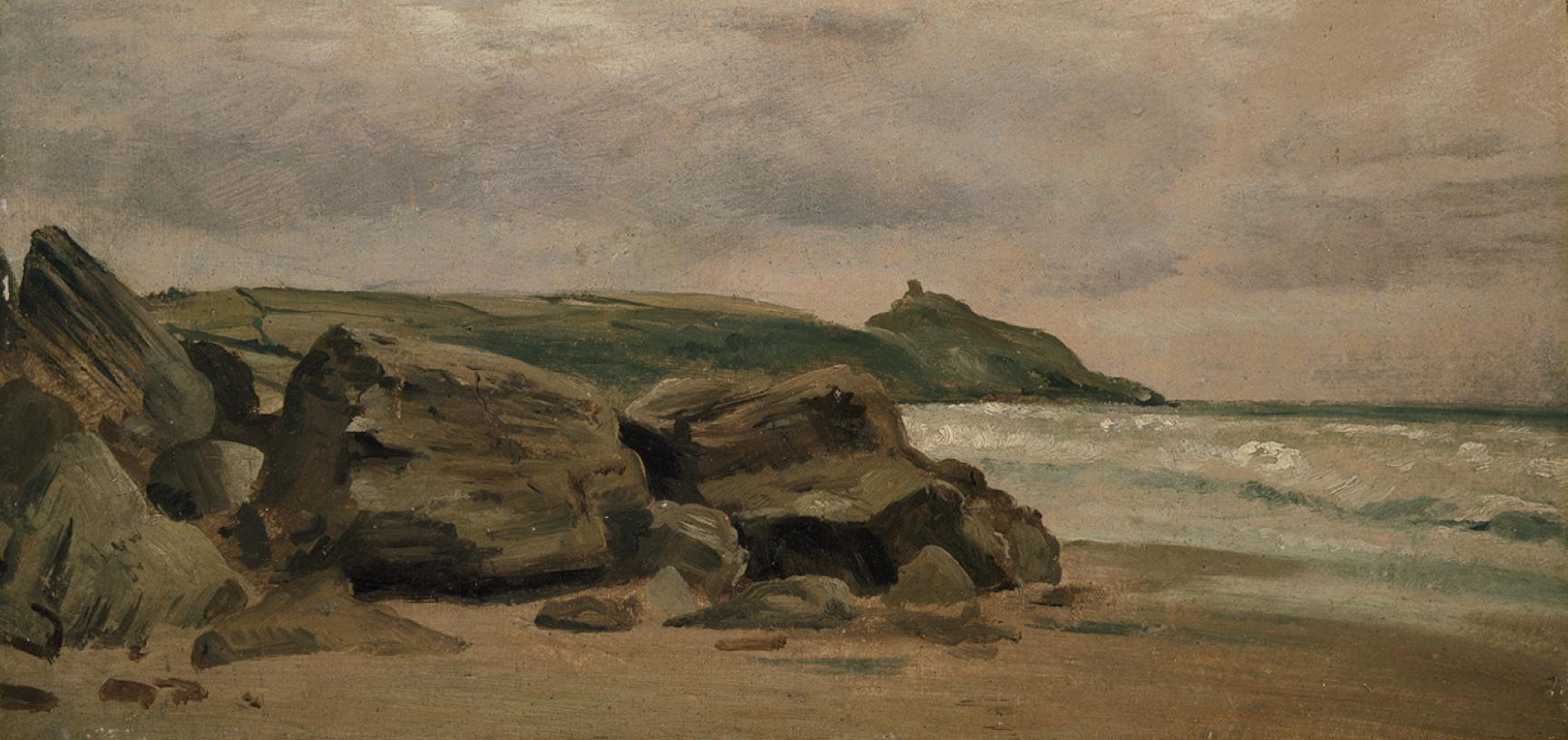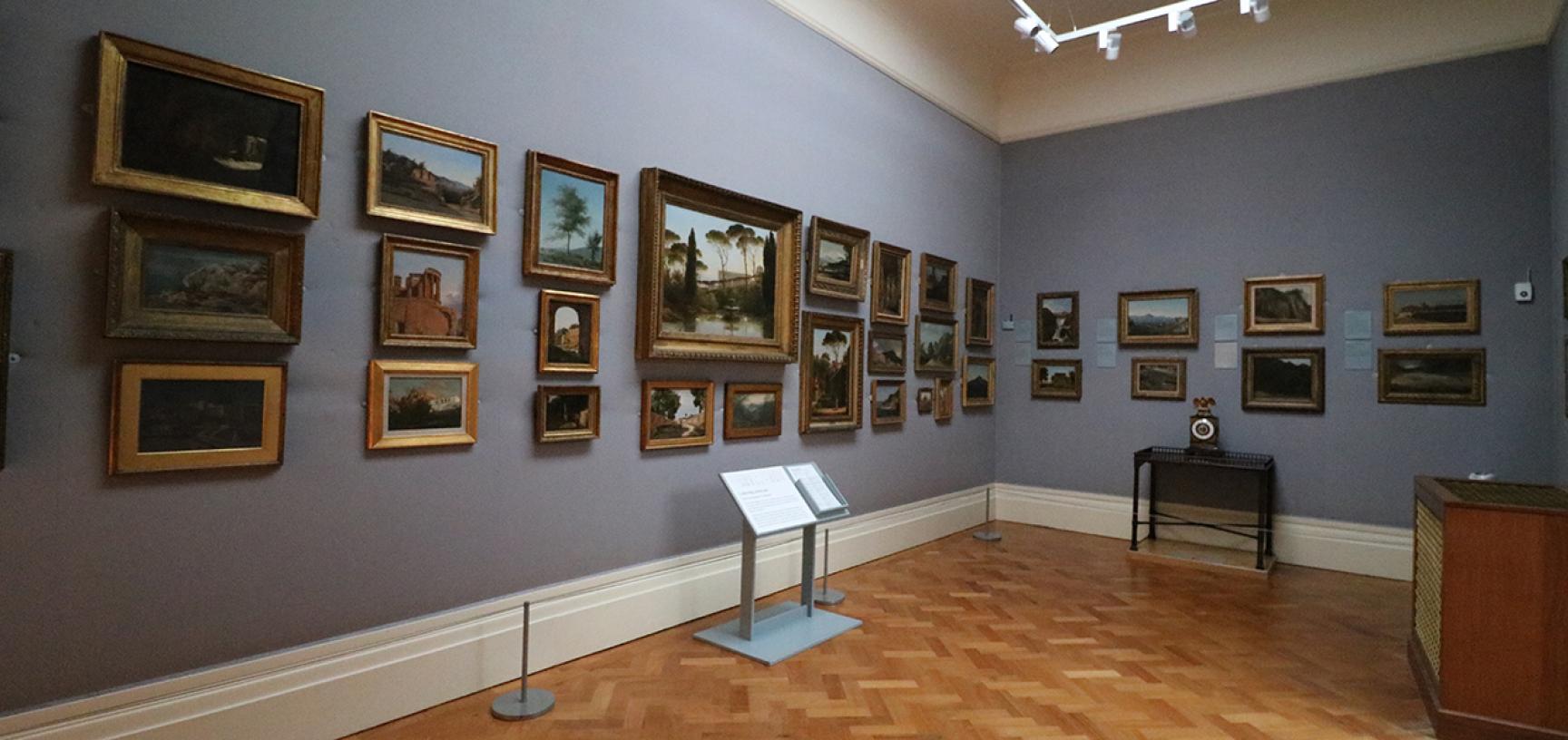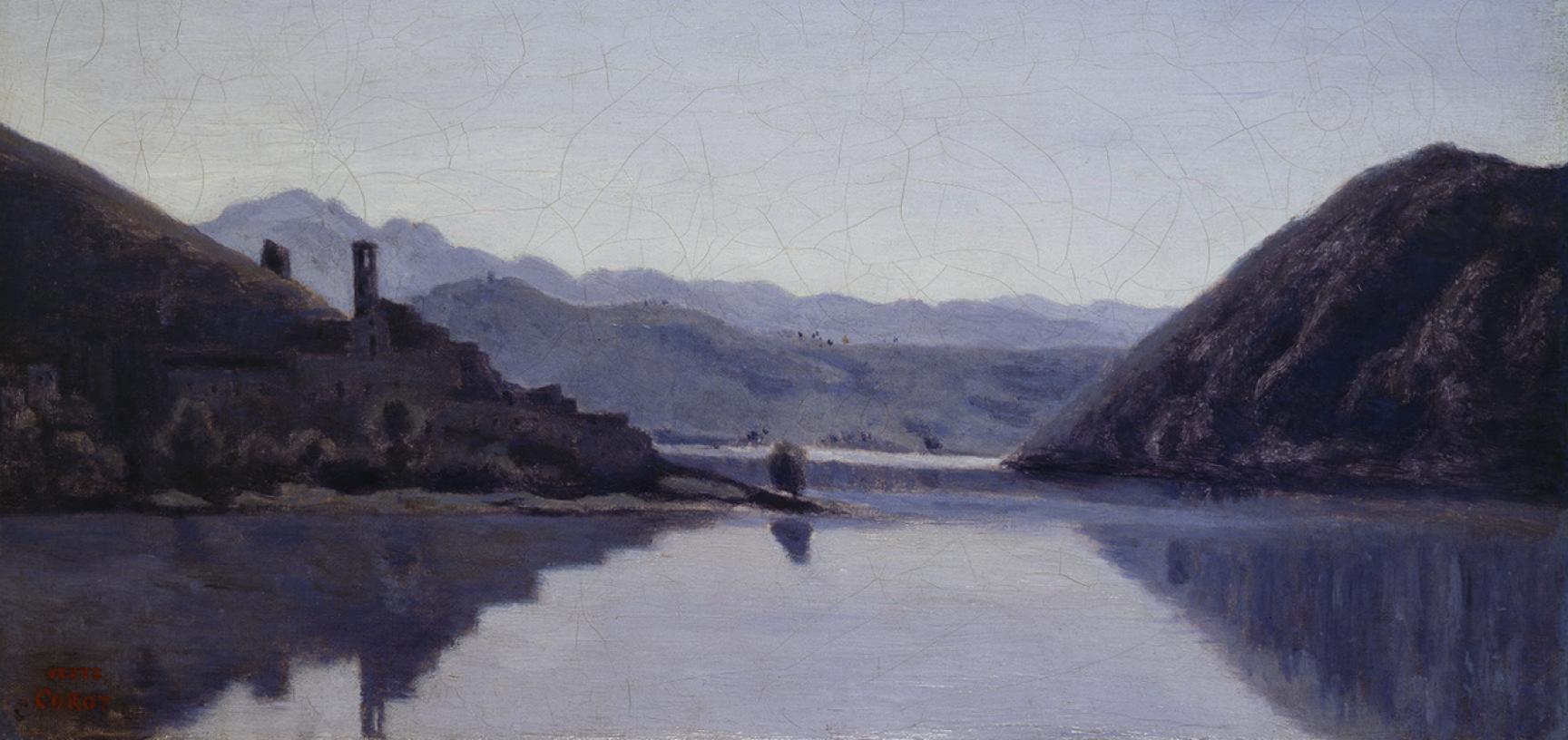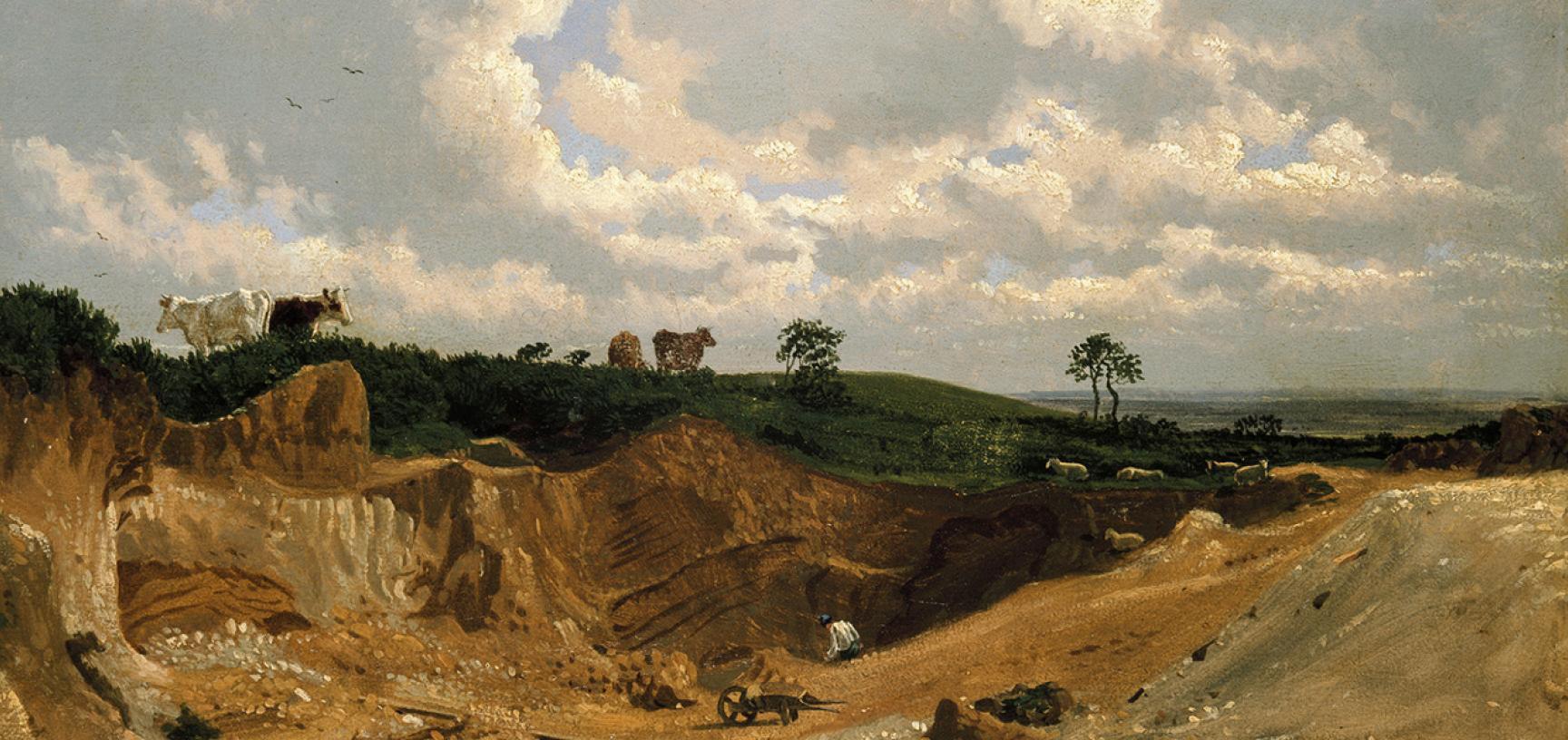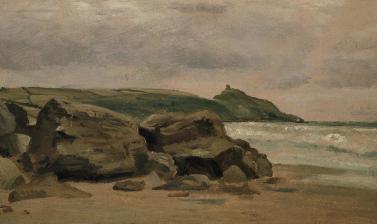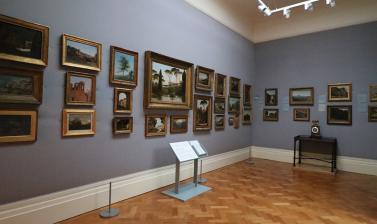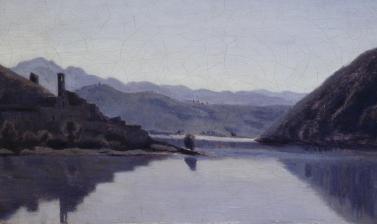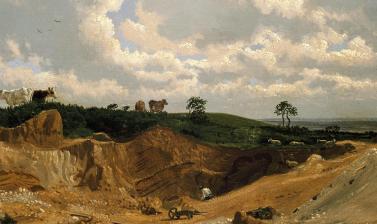LANDSCAPE OIL SKETCHES
The practice of painting landscapes in the open air became widespread in the 1750s, when French students in Rome were encouraged to paint small studies in oil on paper as part of their training.
A few British artists followed their example, notably Thomas Jones. Most of these oil sketches were made as private records of light and weather and never intended for public exhibition. During the 1820s Corot’s oil sketches had a profound influence on the whole international community of artists in Rome.
In England Turner, Constable and their contemporaries also made rapid studies outdoors. Constable made many studies of clouds in particular and carefully noted the time of day and date to his work. Sketches by his son Lionel can be seen here.
A couple of sketches in Room 52 are by the Oxford artist William Turner (as opposed to his more famous namesake J.M.W. Turner). A blue plaque marks the house at 16 St John Street, just behind the Museum, where he lived. His sketches show scenes of early 19th-century Oxford countryside and villages, such as Marston and Shotover Hill, on the city’s outskirts. Shotover was known as a source of ochre pigment for artists.



